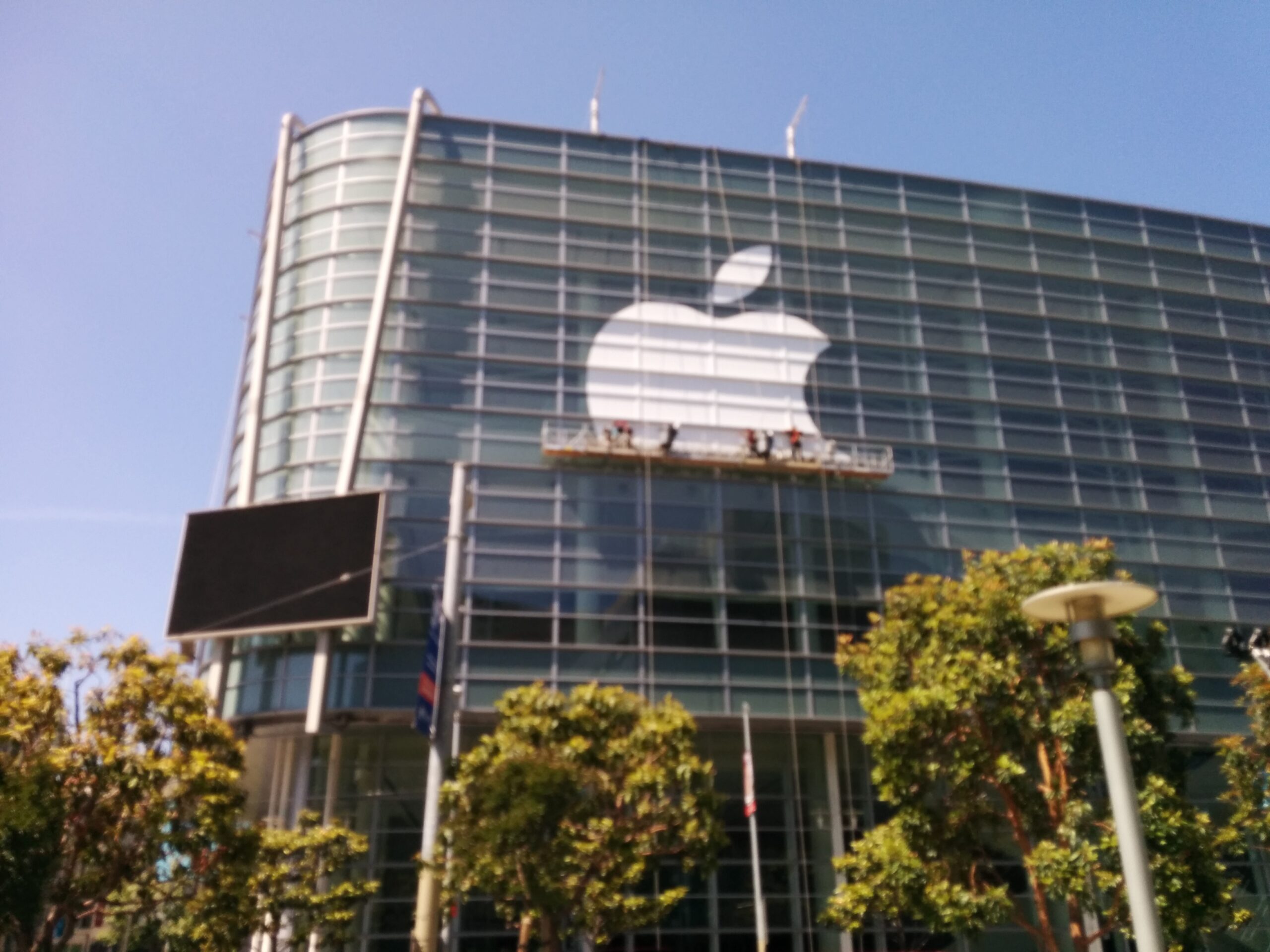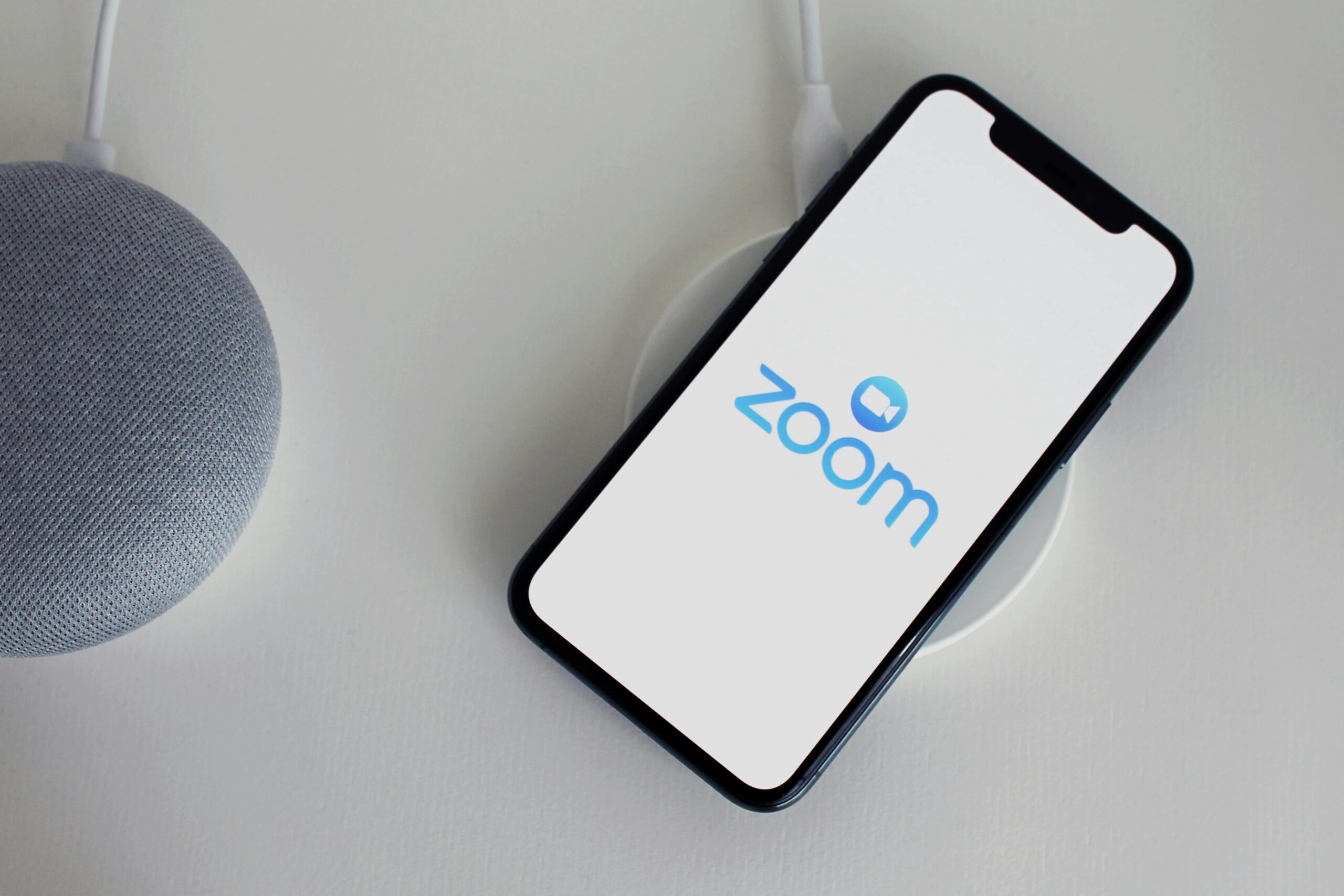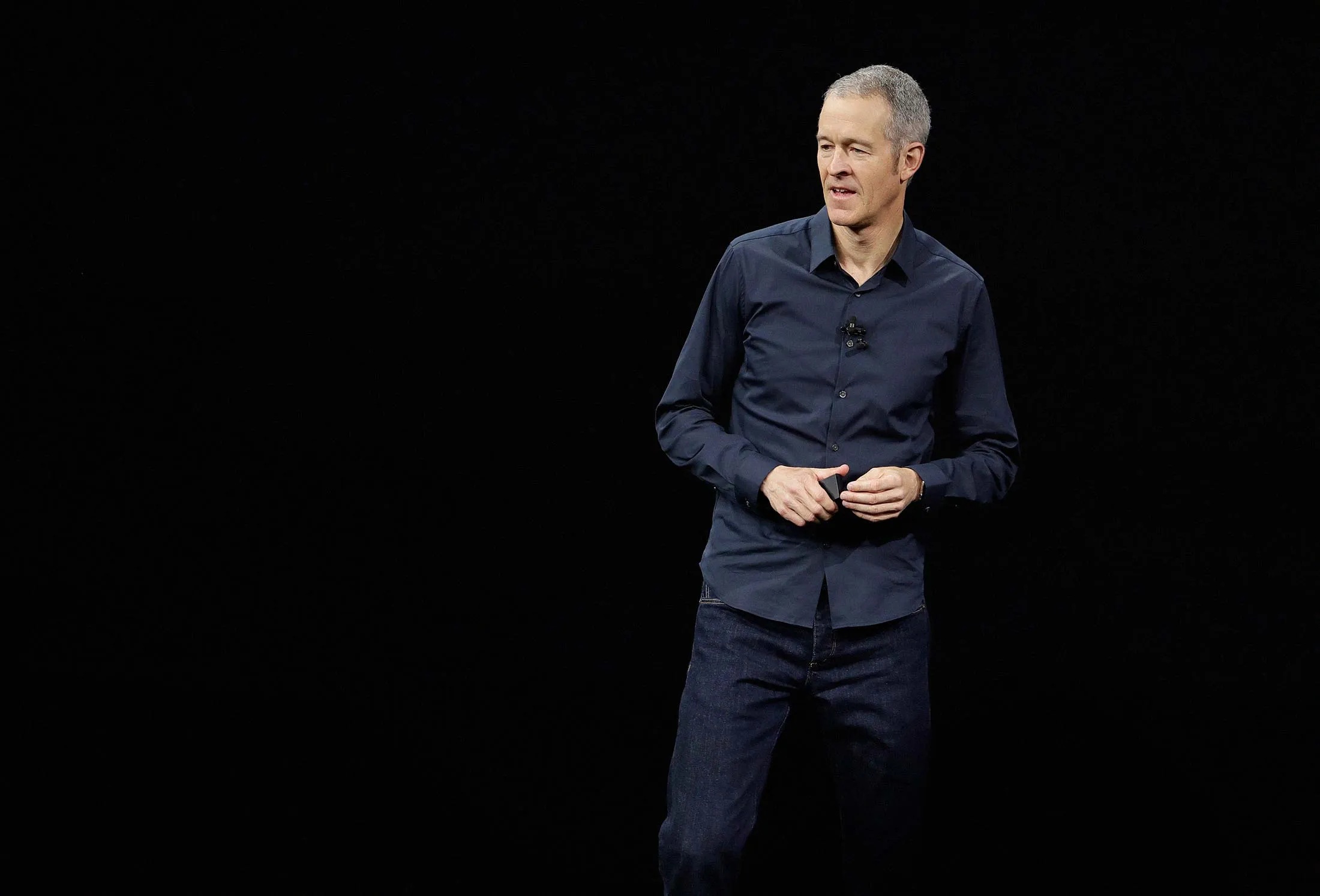After some delay, Amazon has finally started selling Nintendo’s Switch 2 console. However, instead of a standard first-come, first-served sale, Amazon is using a raffle system that requires customers to secure an invite before purchasing.
How the Raffle System Works
On Tuesday, Amazon posted product pages for the Switch 2 and the Switch 2 Mario Kart World bundle, more than a month after the console’s official U.S. launch. Interested buyers must click a link on the product page to request an invite. Amazon will then notify selected customers, providing a 22-hour window to complete their purchase.
Amazon explained the invite system is designed “to ensure that as many genuine customers as possible can buy this high-demand item.” The company added, “Not all requests will be granted,” and warned that limited supplies mean not everyone will get an invite.
Invitations will be sent in batches, and customers who aren’t selected will remain eligible for future rounds without needing to reapply for three months. Amazon will send confirmation emails with this information, but no exact timeline for the invites has been shared.
Availability Compared to Other Retailers
This raffle approach may benefit consumers still searching for the Switch 2, especially as other retailers have faced quick sellouts. Earlier on Tuesday, Walmart had the console available online but sold out rapidly, and certain Best Buy locations had units in store as recently as July 1.
Amazon’s delayed listing of the Switch 2 reportedly stemmed from complaints by Nintendo. Bloomberg reported that Nintendo had pulled its products from Amazon due to concerns about third-party sellers offering Switch games sourced cheaply from South Asia, which undercut U.S. retail prices.
Author’s Opinion
The invitation system Amazon uses is understandable given the high demand, but it also risks frustrating customers who feel left out or forced into a lottery for a popular product. While it helps prevent scalping and bots, clearer communication and faster invite rounds would improve the buying experience. Retailers need to balance fairness with availability, or risk driving customers to competitors or unofficial sellers.









